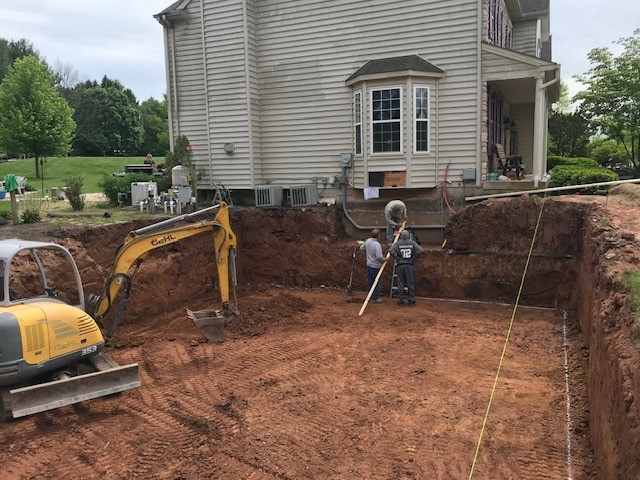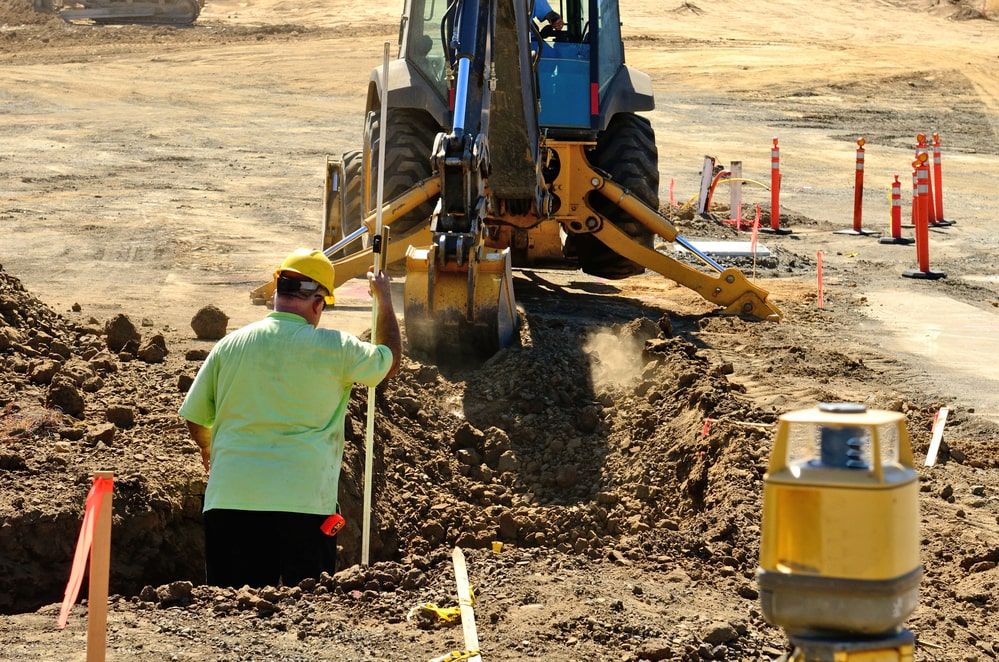Comprehensive Excavation Methods: Understanding the Basics for Success
In the world of building and civil design, the significance of efficient excavation approaches can not be overstated. The cautious planning, precise execution, and precise attention to detail needed in excavation tasks demand a comprehensive technique that incorporates numerous fundamental aspects. From initial dirt analysis to the application of safety steps and regular development surveillance, grasping these core components is vital for attaining success in any excavation endeavor. Nonetheless, real proficiency lies not just in recognizing these principles yet in effortlessly incorporating them to navigate the complexities of excavation tasks with skill.
Comprehending Excavation Job Planning

Successful excavation tasks are improved the structure of thorough and complete preparation. The first phase of any kind of excavation project is the drawing board, where important choices are made that can significantly influence the end result of the task. Throughout this phase, it is essential to gather all pertinent info concerning the site, including topographical studies, soil structure, and any possible hazards that might exist. Recognizing the project extent, budget, and timeline constraints is essential for creating a thorough excavation strategy that ensures the job's success.
One trick aspect of excavation task planning is the advancement of an in-depth timeline that describes the series of turning points, deadlines, and activities. By carefully considering all these elements throughout the preparation phase, excavation jobs can be carried out successfully and efficiently, leading to successful outcomes - dump truck companies in ohio.
Dirt Evaluation and Site Examination
Performing comprehensive dirt analysis and site examination is an important action in the prep work phase of any excavation job. Soil analysis involves identifying the structure, structure, and properties of the soil at the excavation site. This details is vital for understanding the dirt's bearing capability, dampness material, and possibility for erosion, which are crucial consider identifying the excavation approaches and devices needed for the job.
Site analysis goes past dirt evaluation and encompasses a more comprehensive assessment of the total website problems. This assessment consists of identifying any possible dangers, such as underground energies, ecological issues, or unsteady surface, that can affect the excavation procedure. By thoroughly evaluating the website, project managers can create reliable excavation strategies that focus on safety, efficiency, and environmental management.
Using sophisticated innovations like ground-penetrating radar, soil tasting, and drone studies can improve the accuracy and efficiency of soil evaluation and website evaluation. Investing time and resources in these preliminary actions can inevitably save time and protect against expensive delays or complications throughout the excavation procedure.
Tools Selection and Use
Efficient excavation jobs depend heavily on critical tools selection and usage to make certain optimum performance and efficiency. Picking the appropriate equipment for the work is vital in making the most of efficiency and decreasing downtime. Variables such as the type of dirt, depth of excavation, and project scope play a substantial duty in determining one of the most suitable tools for the job handy.

Along with selecting the proper devices, correct use is crucial to task success. Operators needs to be educated to take care of the devices securely and effectively - lancaster trenching. Normal upkeep checks and prompt fixings assist prevent malfunctions and ensure regular performance throughout the task
Precaution and Laws Conformity
In the world of excavation projects, prioritizing precaution and compliance with guidelines is critical to making sure a legally sound and protected operational atmosphere. Security actions encompass a series of methods, including carrying out extensive website assessments, executing correct signs and obstacles, and supplying appropriate security training for all personnel included in the excavation process. Adherence to guidelines, such as OSHA demands in the United States, ensures that the excavation task meets the needed requirements to protect workers, bystanders, and the surrounding atmosphere.

Tracking Development and Adjusting Techniques
Just how can predict managers efficiently track the improvement of excavation jobs and adapt their approaches accordingly to optimize outcomes? Tracking progression is vital for ensuring that see here now excavation tasks stay on track and fulfill target dates.

Final Thought
Finally, understanding the basics of extensive excavation methods is necessary for the success of any type of project. By recognizing project planning, examining dirt and website problems, picking ideal tools, adhering to security guidelines, and checking progression, task managers can make sure a smooth and reliable excavation process. Implementing these methods will certainly lead to successful outcomes and minimize possible threats or setbacks during the excavation project.
The preliminary phase of any kind of excavation job is the planning stage, where important choices are made that can substantially impact the result of the task. Recognizing the job budget plan, range, and timeline restraints is important for producing a comprehensive excavation strategy that ensures the job's success.
Exactly how can project managers effectively track the Read Full Report advancement of excavation tasks and adjust their approaches appropriately to enhance end results? By very closely checking progression and being willing to adapt strategies, project supervisors can enhance the general success of excavation tasks.
By recognizing task planning, analyzing dirt and site problems, choosing ideal equipment, abiding with safety and security policies, and monitoring progression, project managers can guarantee a effective and smooth excavation process.